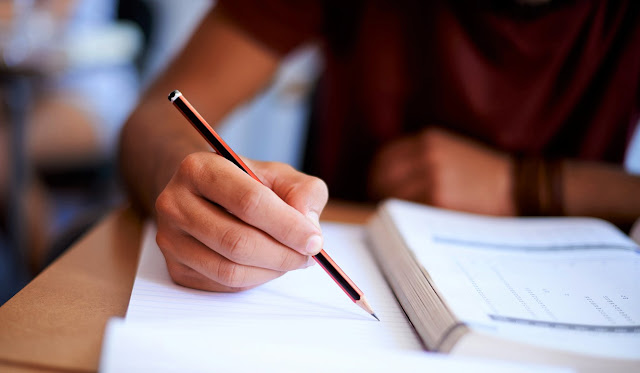Do you need help to remember what you have studied? How to make notes that really work
As you write, you also think about what you write, what helps you to participate more actively in the information and to include it better.
The 2017 exam season is here and we are sure you will prepare your exams. Notes can do a lot to make your review more effective. An online preparation portal for the MBA, banking and government exams, tells you how to do things right.
The program that will be covered for all contests is huge and especially when it comes to the UPSC CSE. It is important to remember that the whole process can be simplified through notes.
The first step is to understand the purpose of taking notes. So ask:
Why should we take notes?
• Understanding a subject is the easy part, remembering is difficult. Therefore, it is important to take notes on important topics so that you can take a look when you want to review. The well done notes avoid you to consult again the bulky study material.
• Writing points help you remember things better.
Keep in mind that when you type, you also think about what you are writing, which helps your mind become more involved in the information and, therefore, better record it.
So, now that we understand the "why", let's talk about the elephant in the room and talk about the "how".
How to take notes?
Here are some interesting techniques for taking notes
1. Linear notes
Using the Linear Notes method, you condense the material you have read using titles and subtitles. This is the best way to take notes by reading a book, newspaper or magazine.
Avoid being carried away and copying a lot of material.
A good way is to have sheets of paper handy and write important points on a particular topic. Colors, capital letters, boxes and markers can be used to immediately draw attention to critical points and help them remember them quickly.
2. Model notes
In this method, the main idea is written in the center of the page and each resulting line represents a branch of that idea. Each point is written as briefly as possible. (Think about organigrams and mental maps).
An advantage of this type of note creation is that you can see all the information without passing the pages. It helps to make connections between several thoughts more easily.
Since these notes are in a diagram format compared to the text, it is much easier to remember the contents of the notes.
The disadvantage is that you lose information. The use of keywords can recall basic ideas, but when it comes to remembering details, it's not a lot of help.
Therefore, a good set of notes is a combination of these two techniques chosen depending on the type of material that is converted into notes.
A good set of notes will always have the following:
♣ Overview of the topic, key points, advantages and disadvantages and finally the conclusion
♣ Diagrams, tables, graphs or well-labeled sketches whenever necessary
Some general tips on taking notes
♣ Use simple sheets as they help organize and add content later.
♣ Also, be sure to include information in points and not to write long paragraphs. This would defeat the purpose of taking notes. The idea is to stay clear, concise and focused on the main idea.
♣ Try using colored pens for headers, subtitles, etc.
♣ Keep separate folders / files for each theme. You can also use sticky notes to mark one section of the other.
♣ Keep reading the notes or just take a look at important points from time to time.








Comments
Post a Comment